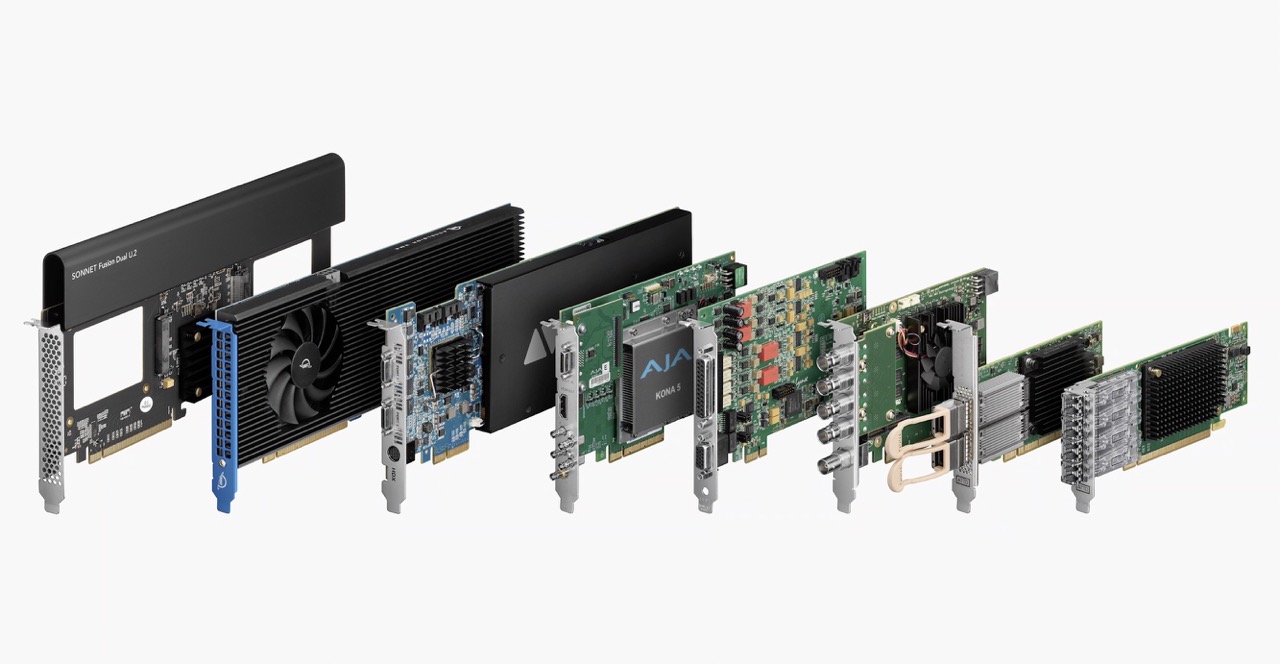- Joined
- Apr 12, 2021
- Messages
- 903
- Motherboard
- Asus z590 ROG Maximus XIII Hero
- CPU
- i9-11900K
- Graphics
- RX 6600 XT
- Mac
- Classic Mac
- Mobile Phone
I didn't say it was a fact. I said "it may be", meaning "it is possible", and "as much as", meaning "up to". I hope this clarifies, I don't know if English is your first language.
The only facts I gave were Apple's 8% share of computer sales and their 14% share of the desktop OS market. The proportion of people running macOS is 66% higher than the proportion of people buying Macs.
I don't see any way to make these "facts" comparable: the terms market, sales, running, computer, even macOS are all too vague in context. Then you swizzle it further with "proportion of people buying macs". What's a people, in context?
And if they're not comparable, I don't see any way to get from these two facts to an estimate of rate of conversion into hackintoshes.
Let's drill down a little to see the difficulty.
First, the two stats are for different intervals:
- The interval of those "running macOS" is the lifespan of the oldest unit in the group.
- The interval of people "buying macs" is probably annualized.
To make these directly comparable, you have to assume that both the rate of sales of all computers and the proportion of sales of macs are constant over all time, which is a gross oversimplification.
And as @etorix notes: The proportion of running macs also depends on retirement age of all computers. If macs have longer lifespans, their share will grow over time.
With these points I think we must find we are already heading down the road towards some fallacy, but we can go further...
How does a "desktop OS market" relate to "computer sales"? There's no reason to think these are measured consistently with each other:
- Do you have to assume that every computer sold also "runs" a desktop OS?
- If a device is an Apple Mac, is it part of the Mac "desktop OS market" from the moment it's manufactured?
- Presumably a PC must be converted to a hack before it can "run macOS" and enter the market, but by then has it already been counted for "computer sales"?
The more I think about it, weirder these categorie become: a single device can manifest in both groups of "computers" and "macs" just by being rebooted, or "running" a VM.
What exactly is a desktop OS? And so on...
I think I speak English and I don't see any way to get from those two factoids to any estimate of the rate hackintosh adoption. Props on a fair bit of handwaving, but it doesn't make sense.
Of course my own arguments always make complete sense, up until the point that they don't!
That is "it may be", meaning "it is possible", that my arguments make sense "as much as", meaning "up to," the point that they make no sense.
Carry on

